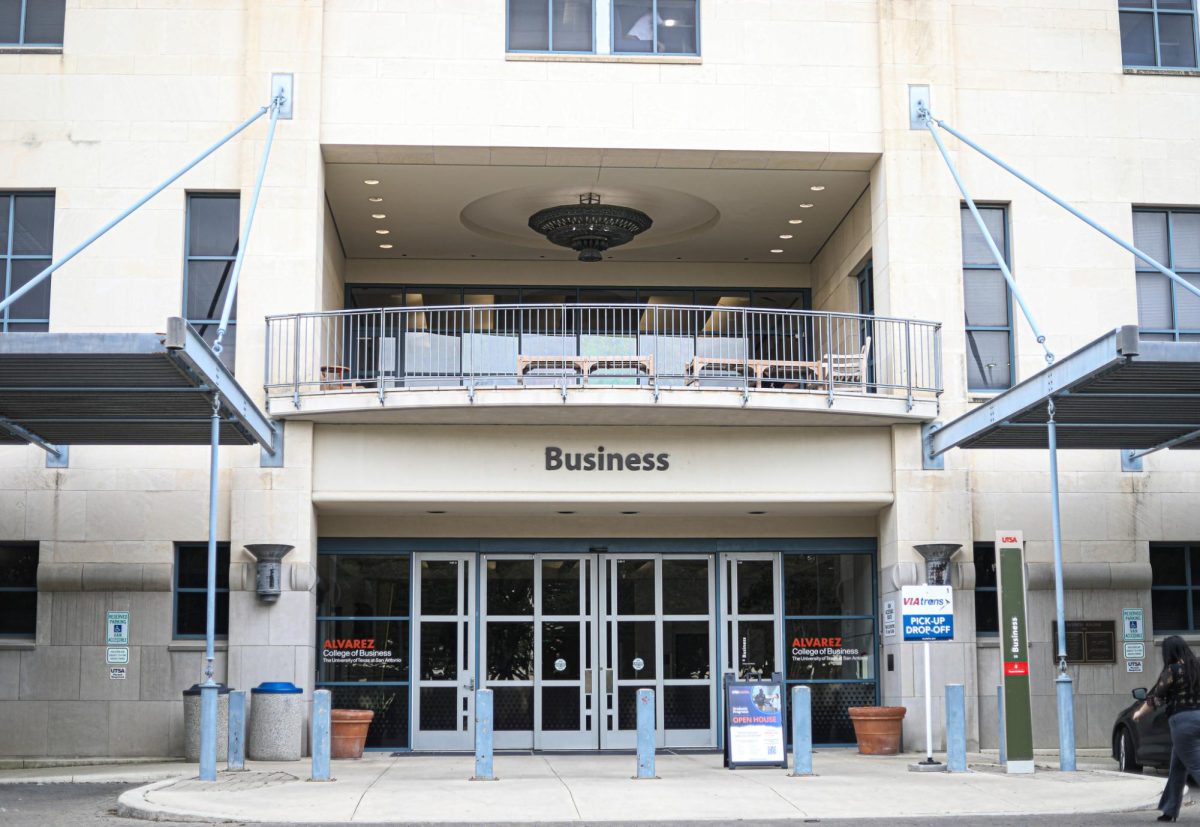Affirmative action has a storied history in the United States. It was only last year that an affirmative action case from the state of Texas, “Fisher v. University of Texas” ascended to the hallowed chambers of the U.S. Supreme Court. In that 7-1 decision, the Supreme Court remanded the ruling of the Fifth Circuit Court of Appeals, upholding the affirmative action policy of the University of Texas at Austin.
A year later, the Supreme Court appears to have come full circle. On April 22, the U.S. Supreme Court ruled 6-2 to reverse the ruling of a Court of Appeals on “Schuette v. Coalition.” By reversing the decision, the Supreme Court upheld Proposal 2, an initiative passed by Michigan voters that prohibits the use of race-based preferences as part of the admissions process for state universities. In his ruling, Justice Kennedy clarifies that “Schuette v. Coalition” was “not about the constitutionality, or the merits, of race-conscious admission policies in higher education.”
Rather, the issue considered by the Court was “whether, and in what manner, voters in the States may choose to prohibit the consideration of racial preferences in governmental decisions, in particular with respect to school admissions.” In this context, the ruling may take on a new light.
The judgment of the Court of Appeals was primarily based upon the cases “Hunter v. Erickson” and “Seattle.”
In the first case, the Akron City Council found that majority of its racial minority citizens were living in segregated areas that were overcrowded and unsafe. To counter this problem, the council enacted a fair housing ordinance; however, the citizens of the city responded by amending the city charter to overturn the ordinance and require further anti-discrimination housing to be passed by referendum.
The plaintiff, a black citizen of Akron, claimed that her real estate agent would not show her certain houses because the owners stated they would not sell to black persons. According to the ruling, the city responded to the challenge by stating that the amendment was “simply (a) public decision to move slowly in the delicate area of race relations” and as a way “to allow the people of Akron to participate” in the decision.
The Court of Appeals rejected Akron’s justification on the grounds that the explanation of their decision described the discriminatory nature of the charter amendment. Further, the Court of Appeals found that the charter amendment, by targeting anti-discrimination ordinances, “had (placed) a burden on racial minorities within the governmental process,” which according to the Supreme Court, was “…as impermissible as any other government action taken with the invidious to injure a racial minority.”
Justice Kennedy then explained “Hunter” established that unjust discrimination will be the response of the majority to state encouragement or participation in anti-discriminatory practices, but failed to establish a principle to prevent further discrimination. However, Kennedy noted that Appellate Justice Harlan considered this point in his concurring (agreeing, but for a different reason) opinion of “Hunter.”
Justice Harlan argued that the amendment “has the clear purpose of making it more difficult for certain racial and religious minorities to achieve legislation that is in their interest.”
In “Seattle,” a school board adopted a mandatory busing program to remedy the isolation of minority students in schools throughout the district. Voters who were against the busing plan passed a state initiative that prohibited the use of bussing to desegregate. A U.S. Court of Appeals court made the following rulings.
First, the Court decided that, although “white as well as Negro children benefit from diversity,” the school board’s plan primarily benefits the minority. Second, the Court found that “the practical effect” of the state initiative was to remove the authority of the existing decision-making body to address a racial problem — specifically a racial problem —“in such a way as to burden minority interests.” Based upon these statements, the Court found that the initiative had “explicitly us(ed) the racial nature of a decision to determine the decision-making process.”
Predictably, the “Seattle” Court found that the State’s condemnation of the school board’s busing plan was a targeted attack on anti-discriminatory policy the state itself had created the need for.
Yet, Justice Kennedy did not celebrate this case. Rather, he explained that by combining the “Hunter” concurrence with the context of “Seattle,” the Court of Appeals drafted a dangerous, far-reaching rationale.
The Appellate Court’s reading of “Seattle” states that when a government policy primarily benefits a minority, and the minority consider the policy to be “in their interest,” then any state action that places decision-making authority over that policy “at a different level of government” must be reviewed under strict scrutiny — the legislative equivalent of the death sentence. Justice Kennedy passionately rejected this reading.
The Justice stated that the rationale adopted by the Court of Appeals “has no principled limitation,” was not necessary for the decision of Proposal 2 and “raises serious constitutional concerns.” The Supreme Court also found the Proposal that all individuals of the same race think alike to be a ridiculous, narrow-minded principle in a society in which the lines between races are becoming increasingly blurred.
Racial definitions aside, the Court stated that “by approving Proposal 2 and thereby adding Section 26 to their State Constitution, the Michigan voters exercised their privilege to enact laws as a basic exercise of their democratic power.” The Court has found no issue with citizen use of an initiative system to bypass their public officials.
For those who disagree with the court opinion, Justice Kennedy explained the largest flaw in the argument of the Court of Appeals. Proposal 2 does not cause “…a specific injury of the kind at issue in ‘Hunter’ and in the history of the Seattle schools.” Consequently, there is no judicial history to support the restriction of the right of Michigan voters to determine the use of affirmative action in the state’s governmental entities.











